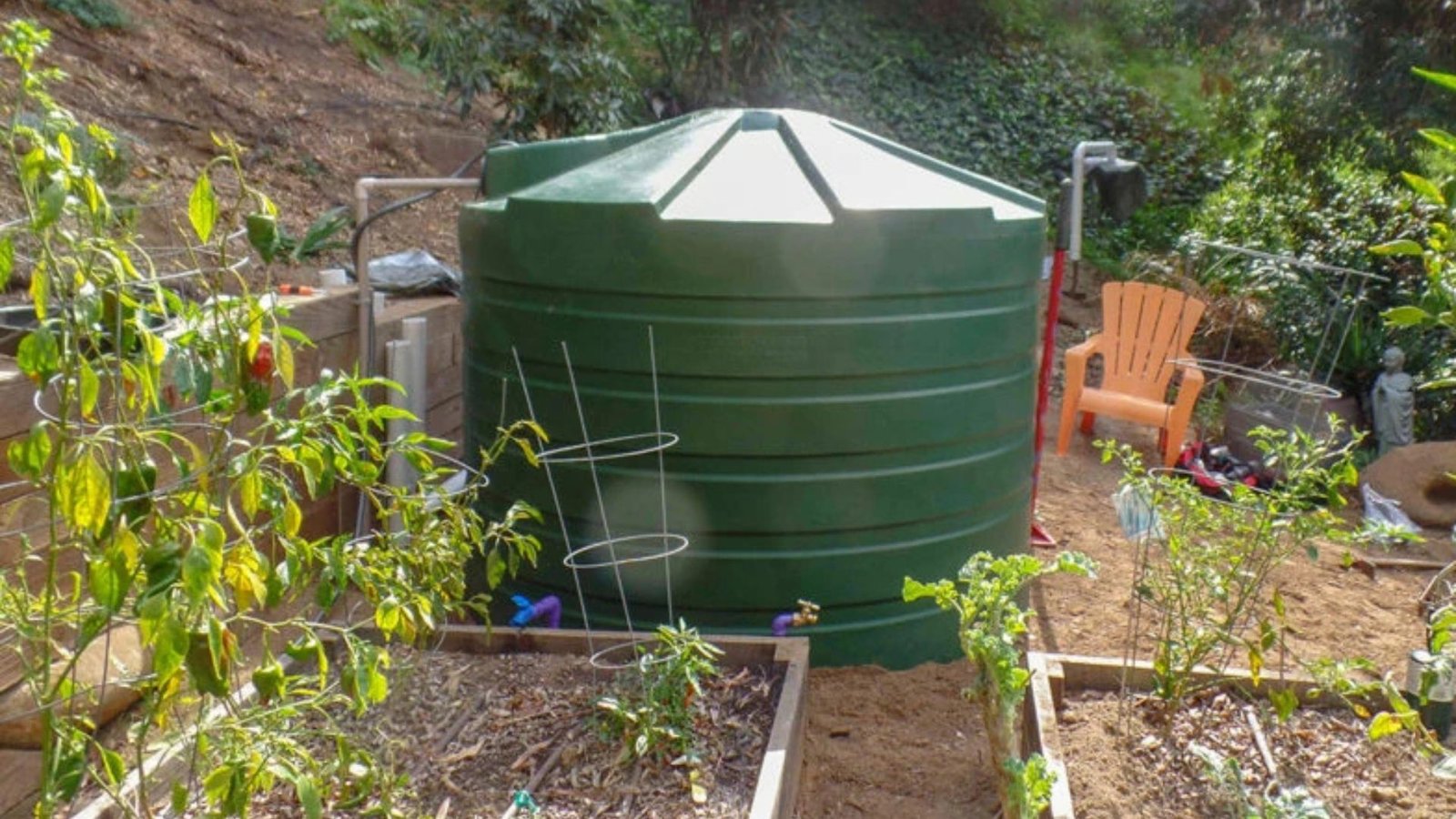Utilizing greywater in irrigation is an innovative way to conserve water while nurturing plants. Greywater is the relatively clean wastewater generated from household activities such as washing dishes, showering, and laundry. This water can be reused for irrigation purposes, helping to reduce water consumption and manage household waste. In this article, we’ll discuss the various methods and benefits of utilizing greywater in irrigation.
Understanding Greywater
Before going into how to utilize greywater, it’s essential to understand what it is. Greywater is different from black water, which comes from toilets and contains harmful pathogens. Greywater is typically less contaminated, making it safer for irrigation when treated properly. By using greywater, I can significantly reduce my environmental footprint and promote sustainable gardening practices.

Benefits of Utilizing Greywater in Irrigation
One of the main benefits of utilizing greywater in irrigation is water conservation. Freshwater resources are becoming increasingly scarce, and reusing greywater helps alleviate this issue. Additionally, using greywater can lower my water bills, providing a cost-effective solution for irrigation. Furthermore, greywater often contains nutrients that can benefit plants, promoting healthier growth.
Greywater Collection Systems
To effectively utilize greywater in irrigation, I need a proper collection system. There are several methods for collecting greywater, each suited to different needs and setups. One common approach is to install a greywater system that channels water from sinks, showers, and washing machines directly to my garden. This can be done using a simple diversion valve that allows me to redirect greywater to a storage tank or directly to my irrigation system.
Another method is to use a bucket system, where I manually collect greywater in buckets and pour it onto my garden. Although this is more labor-intensive, it can be an excellent option for smaller gardens or for those just starting with greywater irrigation.
Filtering Greywater
While greywater is generally cleaner than black water, it still requires some treatment before use in irrigation. I can filter greywater to remove larger particles and debris that may harm my plants or clog irrigation systems. Simple filtration systems can be made from mesh or cloth to catch solids. Additionally, I can consider using a biofilter, which employs plants and microorganisms to further clean the water.
Choosing the Right Plants
When utilizing greywater in irrigation, it’s crucial to choose the right plants. Some plants are more tolerant of greywater than others. For example, many fruit and vegetable plants can thrive on greywater, as long as it is not overly contaminated. However, some sensitive plants, such as those with edible leaves, may not respond well to greywater. I should research which plants will benefit from this type of irrigation and which may be negatively affected.
Setting Up an Irrigation System
After collecting and filtering greywater, I need to set up an irrigation system to distribute it effectively. There are several options for this, including drip irrigation, soaker hoses, and spray systems. Drip irrigation is often the best choice, as it delivers water directly to the plant roots, minimizing evaporation and maximizing efficiency. Soaker hoses can also be effective, as they allow water to seep out slowly into the soil. Regardless of the method I choose, I must ensure that the system is designed to prevent pooling or runoff, which can lead to water waste.
Monitoring Plant Health
After setting up my greywater irrigation system, it’s essential to monitor my plants closely. I should watch for signs of overwatering or nutrient deficiencies. If my plants appear stressed, I may need to adjust the amount of greywater I’m applying or consider switching to a different type of irrigation. Keeping a close eye on plant health will help me optimize my greywater use and ensure that my garden thrives.
Legal Considerations
Before utilizing greywater in irrigation, I must be aware of any local regulations or guidelines. Many areas have specific rules governing the use of greywater for irrigation, including treatment requirements and allowable uses. I should check with local authorities to ensure that I am in compliance with these regulations, which will help avoid any potential issues.
Conclusion
In conclusion, utilizing greywater in irrigation is a practical and sustainable approach to gardening. By understanding greywater and its benefits, setting up a proper collection and filtration system, and choosing the right plants, I can create a water-efficient garden that thrives. Monitoring plant health and adhering to local regulations will further enhance the success of my greywater irrigation system. Embracing this practice not only conserves water but also contributes to a healthier environment.




